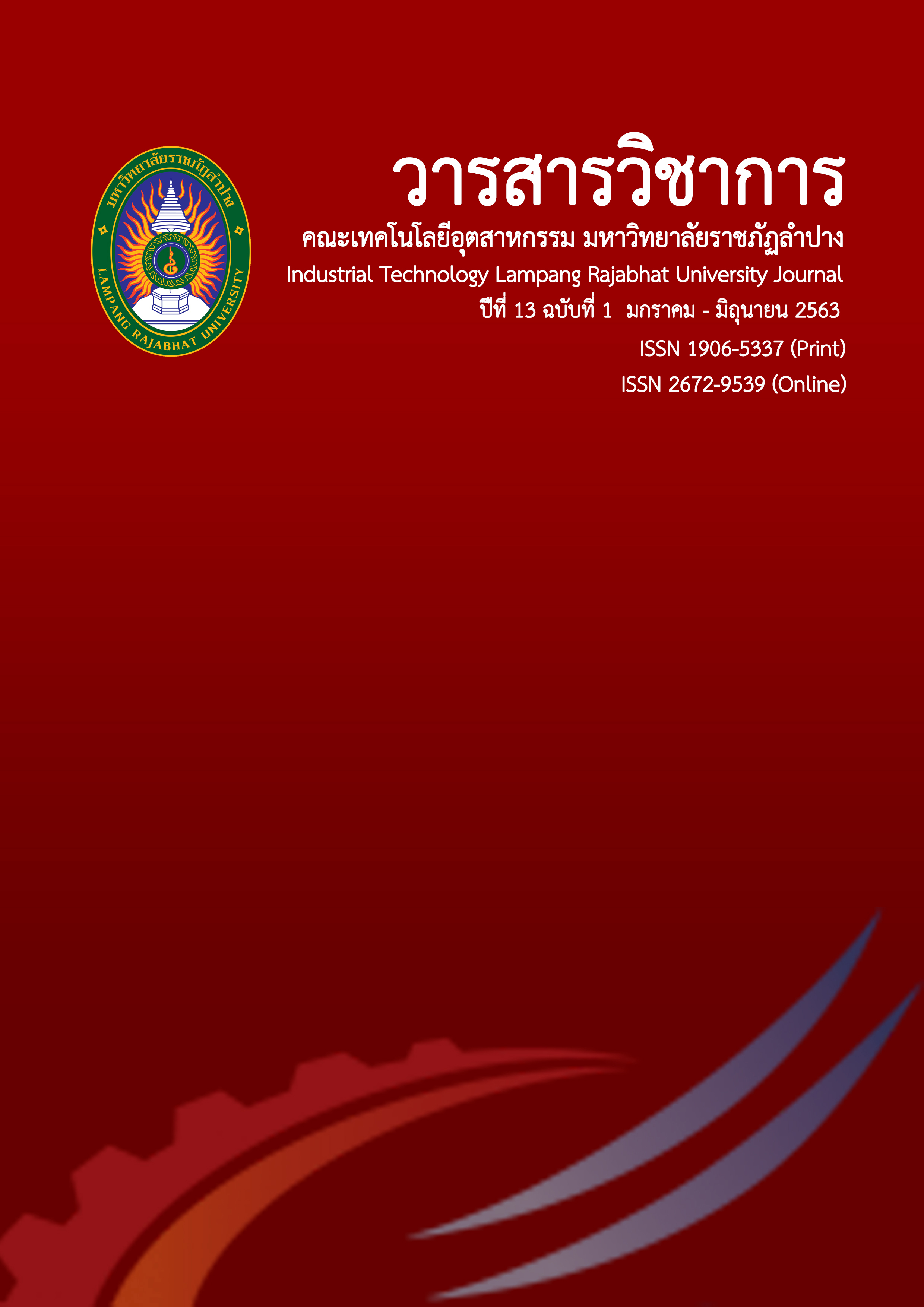Thermal Performance of Small Incinerator for Combined Heat and Power by Organic Rankine Cycle
Keywords:
Thermal performance, Small incinerator, Combined heat and power, Organic Rankine cycleAbstract
This research studied the thermal performance of a small incinerator at a combustion rate of 1 ton/day combined with heating production from three heating fluids of water, steam, and hot oil for electricity production using an organic Rankine cycle at an electrical power capacity of 20 kWe. Computational fluid dynamics and mathematical modeling methods were used to evaluate the suitable working conditions of the cogeneration system of the three hot fluids. From the study results, the small incinerator at a heating capacity of approximately 240 kW could transfer heat into the hot fluid of water at a suitable temperature of 116.57 °C by using R-236ea at a maximum power efficiency of 7.58%. At the same time, the use of steam at a temperature of 143.25 °C for R-245ca showed a maximum power efficiency of 11.70%. In the case of hot oil, a suitable temperature of 189.61 °C for using R-141b was able to transfer heat at a maximum power efficiency of 14.19%.
References
Bujak, J. (2009). Experimental study of the energy efficiency of an incinerator for medical waste, Applied Energy. 86, pp. 2386-2393.
Chaiyat, N. and Kiatsiriroat, T. (2015). Analysis of combined cooling heating and power generation from organic Rankine cycle and absorption system, Energy. 91, pp. 363-370.
Li, J., Pei, G., Li, Y., Wang, D. and Ji, J. (2012). Energetic and exergetic investigation of an organic Rankine cycle at different heat source temperatures, Energy. Vol.38(1), pp. 85-95.
Ministry of Energy. (2020). Alternative Energy Development Plan: AEDP2015, [online], Available: http://www.dede.go.th/download/files/AEDP%20Action%20Plan_Final.pdf.
NIST (National Institute of Standards and Tedhnology). (2018). (Refprop Version 10: Customer Number 40754). Thermodynamic Properties of Refrigerants and Refrigerant Mixtures Software.
PTT Hitemp 500. (2019). PTT Public Company Limited. [online], Available: https://pttlubricants.pttor.com/assets/file_pds_msds/PTT%20HITEMP%20500.pdf.
Rezeau, A. Díez, L.I., Royo, J. and Díaz-Ramírez, M. (2018). Efficient diagnosis of grate-fired biomass boilers by a simplified CFD-based approach, Fuel Processing Technology. 171, pp. 318-329.
Saad, A. and Emad, H. (2019). Simulation of combustion of sesame and broad bean stalks in the freeboard zone inside a pilot-scale bubbling fluidized bed combustor using CFD modeling, Applied Thermal Engineering. 158, pp. 113767.
Silva, J., Teixeira, J., Teixeira, S., Preziati, S. and Cassiano, J. (2017). CFD Modeling of Combustion in Biomass Furnace, Energy Procedia. 120, pp. 655-672.
Soria, J., Gauthier, D., Falcoz, Q., Flamant, G. and Mazza, G. (2013). Local CFD kinetic model of cadmium vaporization during fluid bed incineration of municipal solid waste, Journal of Hazardous Materials. 248-249, pp. 276-284.
Sung, T. and Kim, K.C. (2017). An organic Rankine cycle for two different heat sources: steam and hot water, Energy Procedia. 129, pp. 883-890.
Yatsunthea, T. and Chaiyat N. (2020). A Very Small Power Plant – Municipal Waste of the Organic Rankine Cycle and Incinerator from Medical and Municipal Wastes, Thermal Science and Engineering Progress, Vol.18C, 100555.
Wakaiyang, Y. and Chaiyat, N. (2016). Analysis of Selection Working Fluid of Organic Rankine Cycle for Thailand, The 9th Thailand Renewable Energy for Community Conference (TREC-9), Doi Saket, Chiang Mai. (in Thai)
Wang, X., Levy, E.K., Pan, C., Romero, C.E., Banerjee, A., Rubio-Maya, C. and Pan, L. (2019). Working fluid selection for organic Rankine cycle power generation using hot produced supercritical CO2 from a geothermal reservoir, Applied Thermal Engineering. 149, pp. 1287-1304.
Wissing, F., Wirtz, S. and Scherer, V. (2017). Simulating municipal solid waste incineration with a DEM/CFD method – Influences of waste properties, grate and furnace design, Fuel. 206, pp. 638-656.
Zhong, H., Xiong, Q., Zhu, Y., Liang, S., Zhang, J., Niu, B. and Zhang, X. (2019). CFD modeling of the effects of particle shrinkage and intra-particle heat conduction on biomass fast pyrolysis, Renewable Energy. 141, pp. 236-245.
Downloads
Published
Issue
Section
License
Copyright (c) 2020 Industry Technology Lampang Rajabhat University

This work is licensed under a Creative Commons Attribution-NonCommercial-NoDerivatives 4.0 International License.






